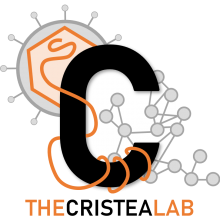Post-translational modifications regulate class IIa histone deacetylase (HDAC) function in health and disease
Type
Class IIa histone deacetylases (HDACs4, -5, -7, and -9) modulate the physiology of the human cardiovascular, musculoskeletal, nervous, and immune systems. The regulatory capacity of this family of enzymes stems from their ability to shuttle between nuclear and cytoplasmic compartments in response to signal-driven post-translational modification. Here, we review the current knowledge of modifications that control spatial and temporal histone deacetylase functions by regulating subcellular localization, transcriptional functions, and cell cycle-dependent activity, ultimately impacting on human disease. We discuss the contribution of these modifications to cardiac and vascular hypertrophy, myoblast differentiation, neuronal cell survival, and neurodegenerative disorders.

